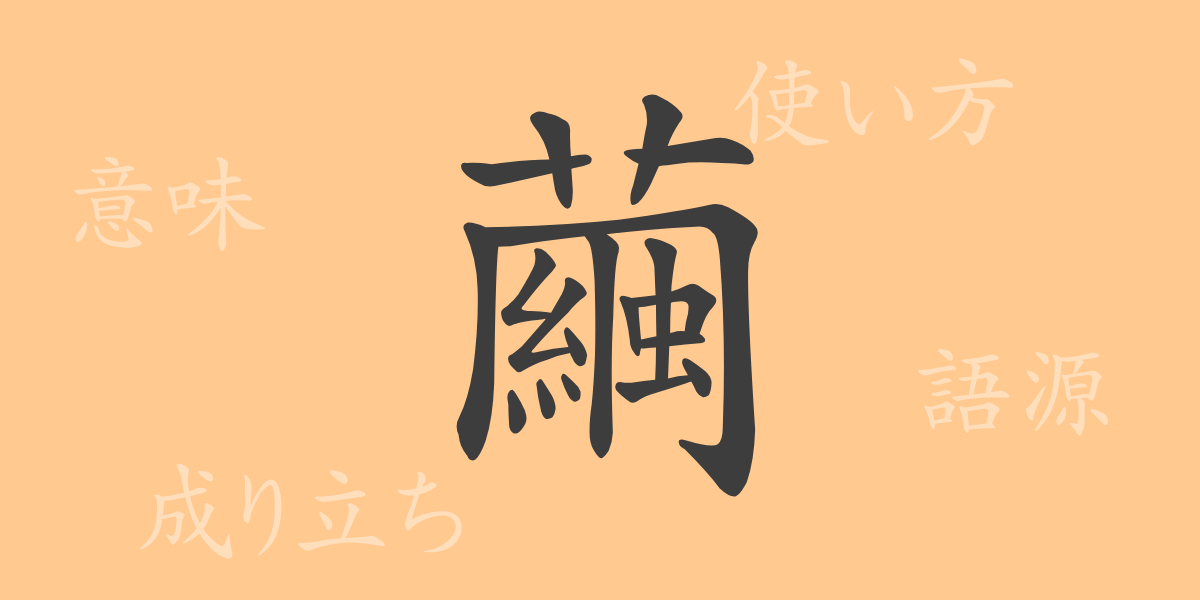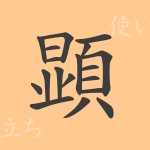The cocoon (繭, まゆ) is not merely an insect’s dwelling. It symbolizes transformation and creation, deeply rooted in Japanese culture and history. This article delves into the fascinating world of cocoons, exploring their origins, significance, and impact from ancient times to the present. We’ll uncover the full scope of cocoons, from their etymology and usage to the expressions in the Japanese language that incorporate “繭 (まゆ).” Let’s embark on this journey to understand the source of beautiful silk.
Origins of 繭(まゆ, mayu)
The etymology of “繭 (まゆ)” is ancient, with references found in documents from the Nara period. The kanji “繭” symbolizes the act of spinning threads, representing the life force of silkworms and the manual labor of people. It is said that this character depicts a person holding threads. A cocoon is formed when the liquid secreted by a silkworm hardens, and it has been an essential component in silk production since ancient times.
Meaning and Usage of 繭(まゆ, mayu)
The character “繭” primarily refers to the cocoon that silkworms create to protect themselves. However, metaphorically, it also refers to the mental barrier that people create to protect themselves from the outside world or the preparation period for creating something new. For instance, immersing oneself in creative activities can be described as “繭にこもる (まゆにこもる),” meaning to retreat into a cocoon. Additionally, being isolated from society can be expressed as “繭を張る (まゆをはる).”
Readings, Stroke Count, and Radical of 繭(まゆ, mayu)
The kanji “繭 (まゆ)” is one of the common kanji in Japanese, with the following features:
- Readings: The On’yomi (音読み) is “ケン (けん, ken),” and the Kun’yomi (訓読み) is “まゆ (mayu).”
- Stroke count: The total number of strokes is 14.
- Radical: The radical is 糸部 (いとへん, itohen), which is related to threads.
Idioms, Proverbs, and Phrases Using 繭(まゆ, mayu)
The character “繭 (まゆ)” appears in various idioms, proverbs, and phrases in Japanese. For example, “繭を破る (まゆをやぶる)” means to break free from a cocoon, signifying entering a new stage in life and symbolizing growth and change. “繭から蝶が出る (まゆからちょうがでる)” refers to the emergence of a butterfly from a cocoon, representing significant transformation and evolution. These expressions reflect the powerful imagery of transformation associated with cocoons.
Conclusion About 繭(まゆ, mayu)
The cocoon, despite its small size, has significantly impacted Japanese culture and language. From silk production to linguistic expressions, cocoons are intricately woven into our lives in various ways. Through this article, you’ve learned about the multifaceted charm of cocoons and their rich usage in Japanese. Just like cocoons, we too must transform and weave new versions of ourselves daily.

























